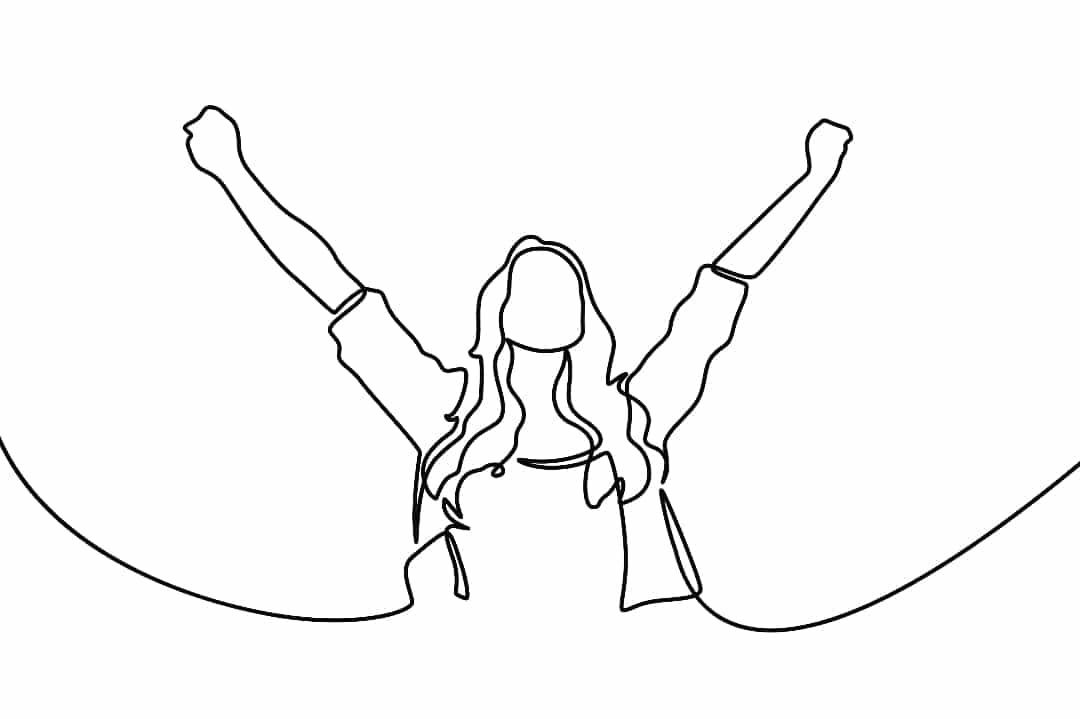By: Lyndsey Karns, PsyD, Licensed Clinical Psychologist
Self-injury or self-mutilation, a seemingly paradoxical coping mechanism, has been widely misunderstood by the public and to some degree by mental health and medical professionals as it relates to trauma and dissociation. Self-injury can manifest in several forms and degrees of severity, with the object and goal to experience physical pain or discomfort by inflicting bodily harm. Cutting is the most commonly thought of form of self- injury, but it can include scratching, pinching, hair pulling, punching objects, headbanging, and burning. Despite its common association with Borderline Personality Disorder, self-injury is not indicative of any specific mental illness or the presence of any mental illness at all.
When we think of self-injury within the context of Borderline Personality Disorder, the primary function is emotion regulation and maybe a way to get others to attend to their internal suffering. The mechanism behind self-injury with the function being emotion regulation/self-soothing is thought to involve the body’s natural analgesic response to pain. The body releases endorphins, producing a calming or soothing effect. Stepping outside of this conceptualization of self-injury, self-harm may have very different functions in the context of trauma and dissociation. With regard to dissociation, self-injury can be used as a grounding strategy- a way to interrupt or stop the dissociative process. For those that struggle with pervasive dissociation and emotional disconnection, self-harm and other risky or destructive behaviors may be the only way that person experiences themselves as “alive” or “real.”
For those that suffer from trauma-related symptoms and Post-traumatic stress disorder (PTSD), self-injury often takes on very different functions. Some use self-harm to cope with or stop intrusive thoughts, images, sensations or memories related to the trauma. Again, the body’s endorphin release can provide the calming effect, the antidote to the body’s activation of the sympathetic nervous system. Trauma survivors may also use self-injury to express their unrelenting self-hate, blame, and shame. They may even use this behavior to punish themselves for behaviors or having certain thoughts or feelings that have been punished by others. In a sense, they may be reenacting the very trauma that was perpetrated by the hands of another. Self-injury for a trauma survivor may also function as an emotion regulation strategy when they have no words to attach to their experiences. There is research to suggest that trauma memories are distinctly different from ordinary memories regarding encoding, storage, and retrieval. It is hypothesized that trauma memories are actually stored in the limbic system, the part of the brain that controls emotions and drives. Importantly, this part of the brain does not involve speech or language, leaving a person with implicit memories of terror, anger, sadness resulting from the trauma with little or no explicit memories to describe or put words to their experiences.
Overall, it is important to remember that self-harm has a function and it is imperative to identify the function to help the individual identify a safe, alternative behavior. In essence, you cannot take something away without replacing it with something else. Lifeskills South Florida offers both a Dialectical Behavior Therapy (DBT) and Trauma Track where clients can explore and identify the nature and function of their self-injurious behavior while living in a supportive environment with 24-hour access to medical and clinical support. This enables our clients to learn the skills and more importantly have access to licensed clinicians who can provide real-time coaching on how to implement these alternative behaviors which enhances learning and behavior change.




